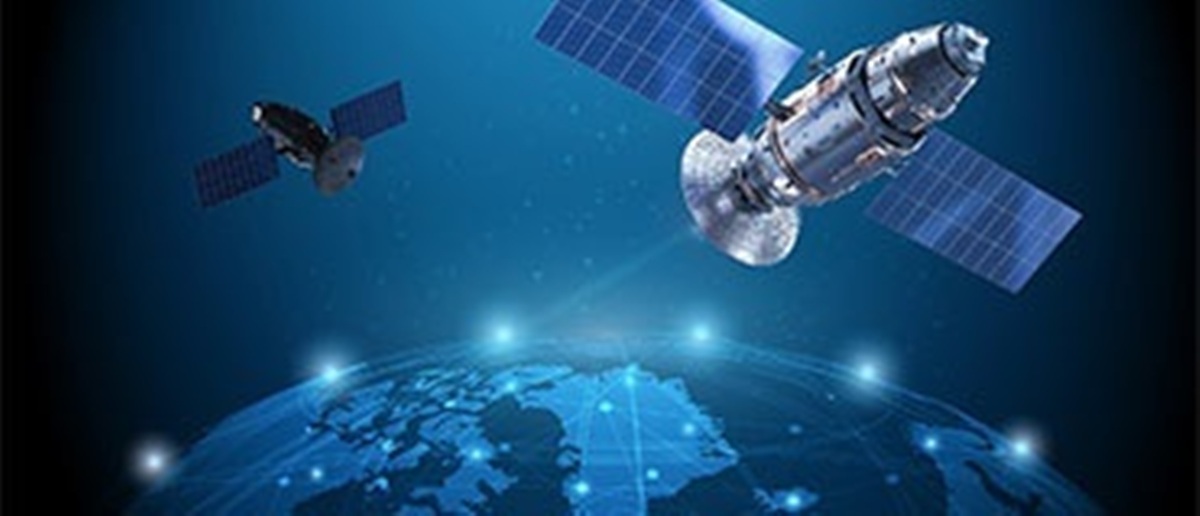
The global market for rheumatoid arthritis treatments is expected to grow at a CAGR of...
Learn More
Our consulting solutions address company specific challenges with respect to micro environment...
Learn More
Organizations frequently need day-today research guidancein order to gain strategic...
Learn More
Exploring different areas of market research and market analysis is a key factor...
Learn MoreAcute Market Reports presents the most extensive global business research services across industries. Our research studies focus on potential outcomes, benefits, and risks associated with each market segment across geographies. Having served our global clients for more than 10 years, our prime priority is to enable our clients in making well-informed business decisions through a data-driven, analytical, and uncomplicated research approach.
We provide access to the world's most comprehensive, analytical, and updated business intelligence services and solutions.




The ammonia market is expected to grow at a CAGR of 5.5% during the forecast period of 2025 to 2033, driven by a confluence of factors that have reshaped its landscape. the ammonia market's evolution is fueled by the intersection of agricultural adva...
Read More
The global lithium bromide absorption machine market has been experiencing steady revenue growth. The market is expected to grow at a CAGR of around 4.5% during the forecast period of 2025 to 2033. The global lithium bromide absorption machine market...
Read More
The space electronics market is expected to grow at a CAGR of 8.1% during the forecast period of 2025 to 2033, driven by the increasing demand for space exploration, satellite launches, and advancements in communication technologies. Power electronic...
Read More




